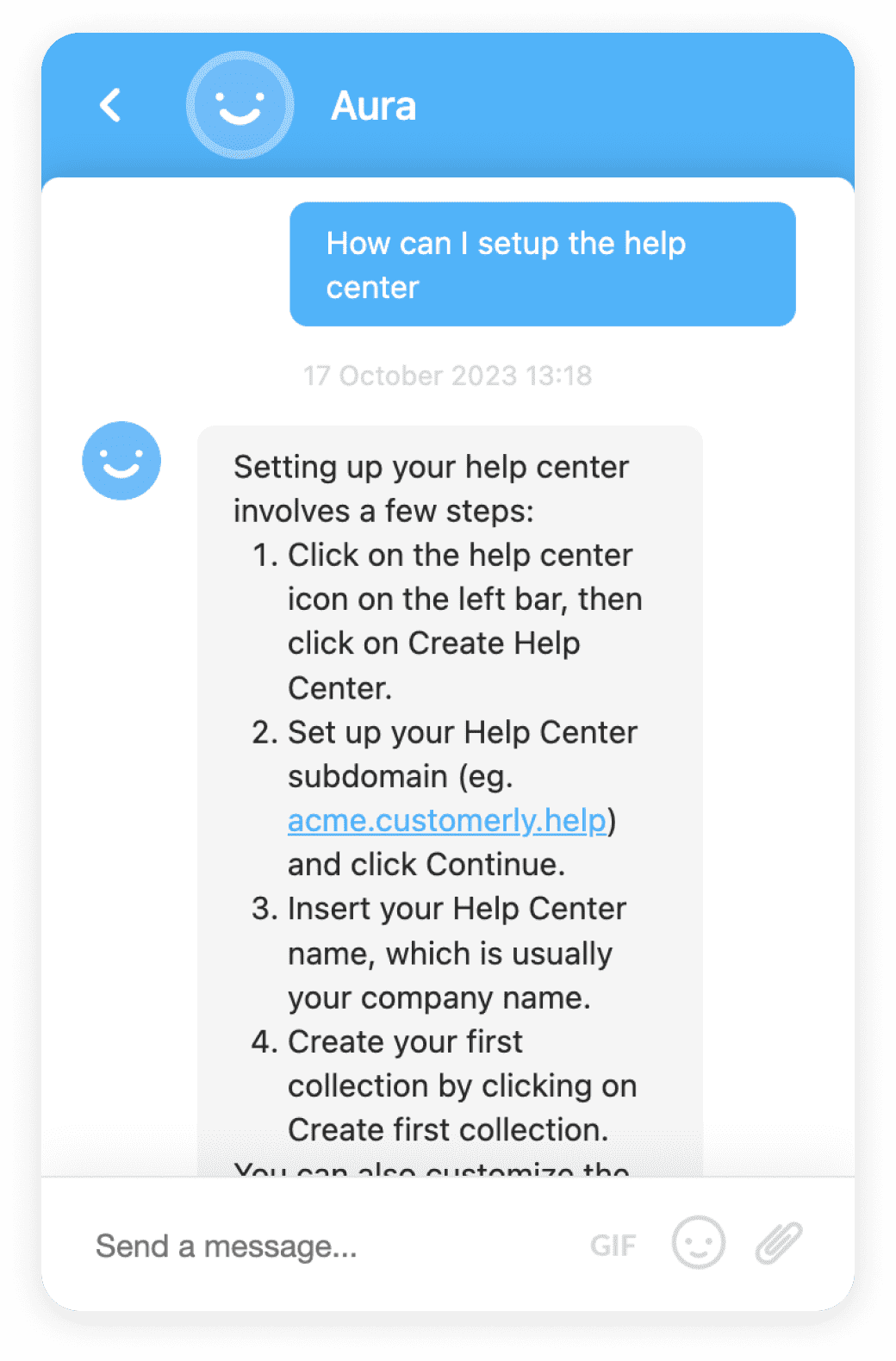Promotional Pricing
Promotional pricing is a strategy where businesses temporarily reduce prices to increase sales and attract customers.
Definition
Promotional pricing, also known as sales pricing, is a strategic approach where businesses temporarily reduce the price of a product or service to attract more customers and increase sales volume. It's a common practice in retail and online businesses, often used to clear out inventory, introduce new products, or simply generate more sales.
Usage and Context
Promotional pricing is most effective when used strategically and sparingly. If used too often, customers may become accustomed to the reduced prices and resist paying full price in the future. It's also crucial to ensure that the reduced pricing still allows the business to make a profit, or at least break even. Most commonly, promotional pricing is used during seasonal sales, holiday periods, or when launching a new product.
FAQ
What is the purpose of promotional pricing?
The primary purpose of promotional pricing is to increase sales volume and attract new customers. It can also be used to clear out old or excess inventory.
Does promotional pricing always work?
While promotional pricing can be an effective strategy, its success depends on several factors, including the quality of the product, the perceived value of the discount, and the market conditions.
Related Software
There are several software tools that can assist with promotional pricing strategies, including price optimization software like PROS, dynamic pricing tools like Darwin Pricing, and promotional planning tools like Blue Yonder.
Benefits
Promotional pricing can lead to an immediate increase in sales volume and revenue. It can attract new customers, encourage repeat purchases, and help to clear out old or excess inventory. Additionally, it can provide valuable insights into customer behavior and price sensitivity.
Conclusion
In conclusion, promotional pricing is a powerful tool that businesses can use to boost sales and attract new customers. However, it must be used strategically and sparingly to avoid devaluing the product or service.












